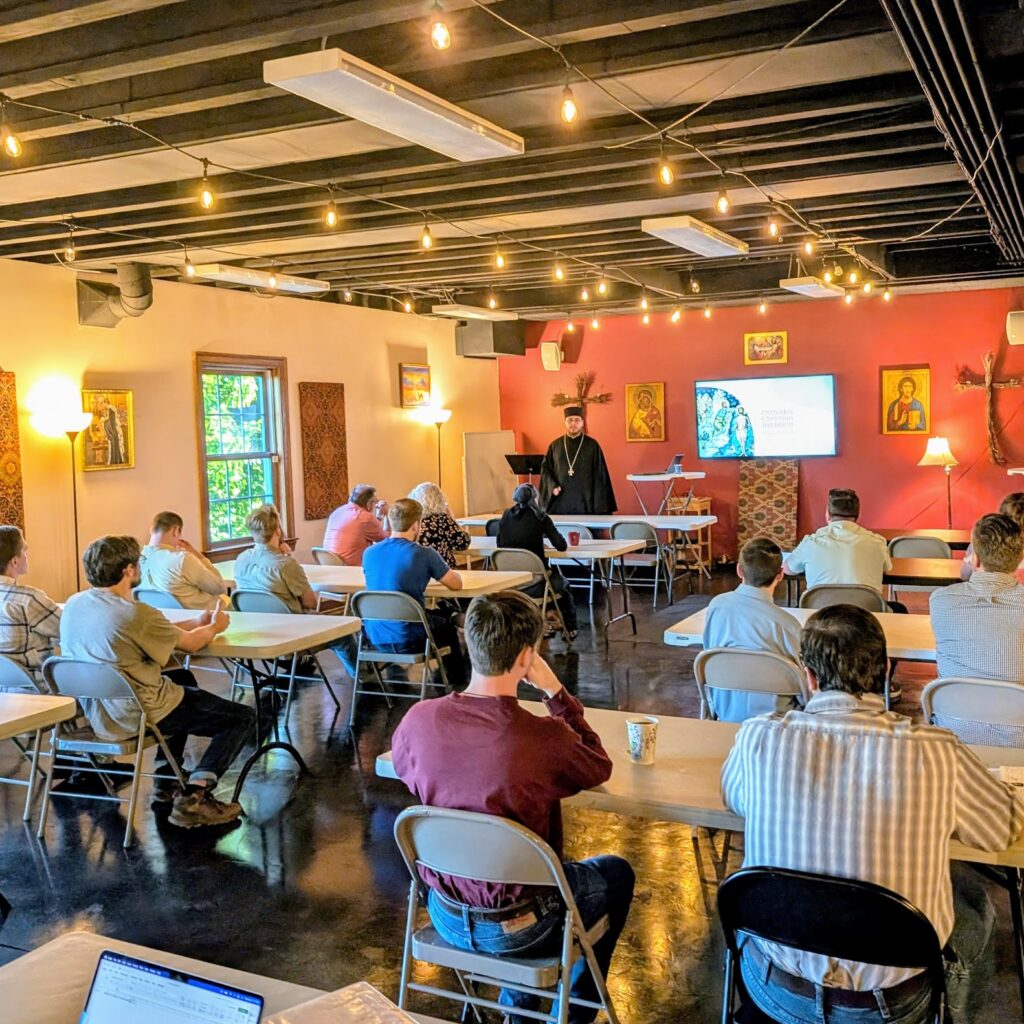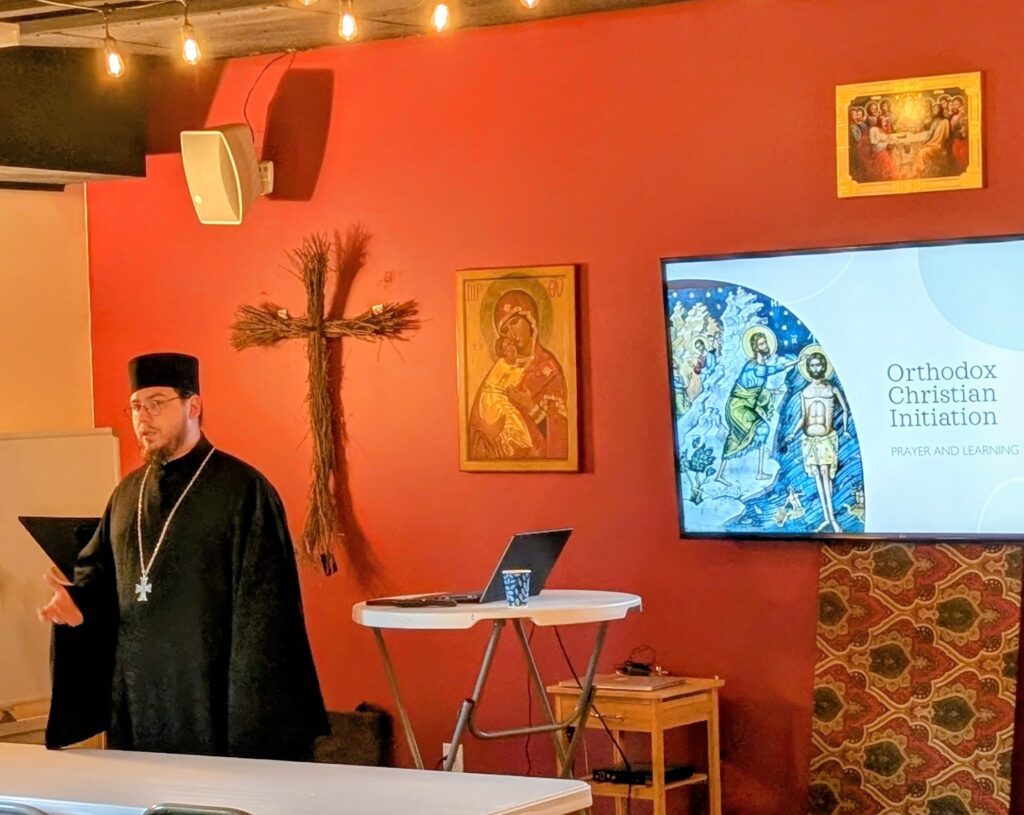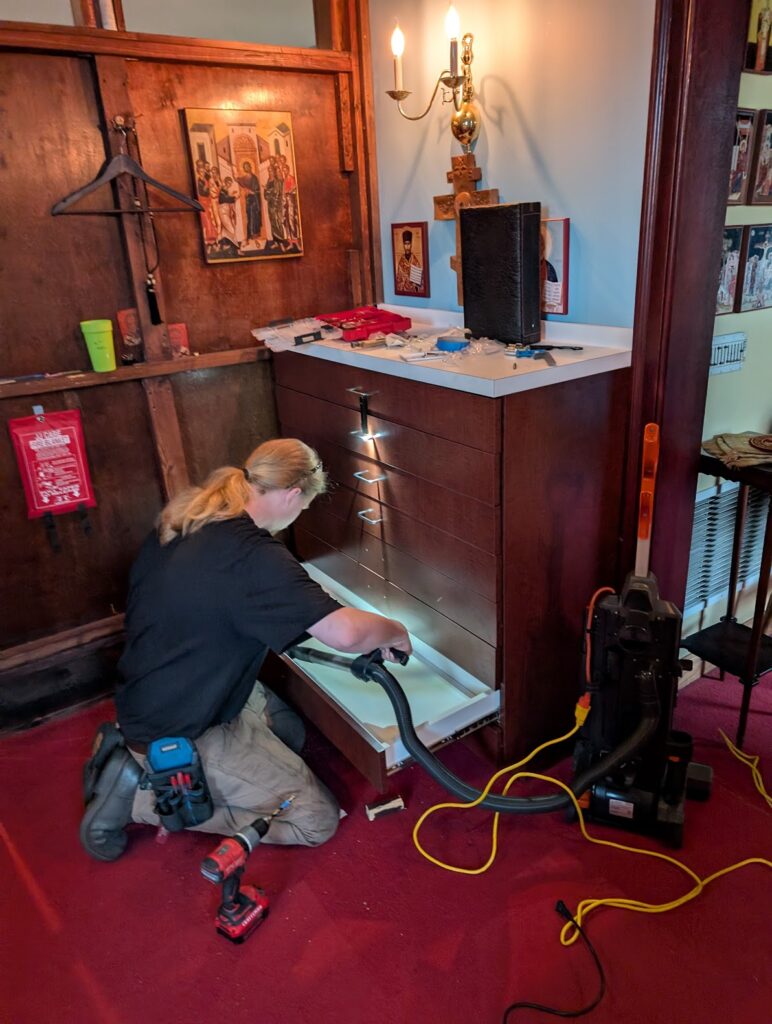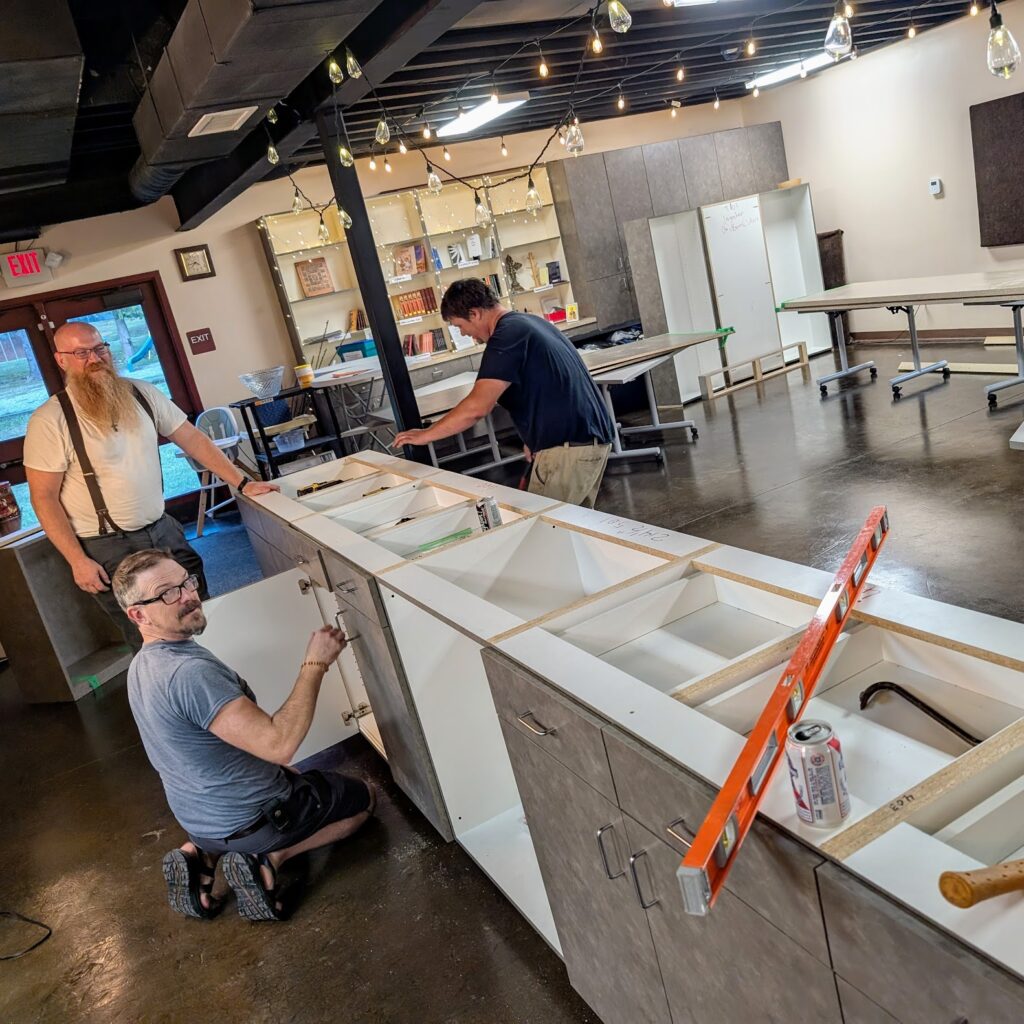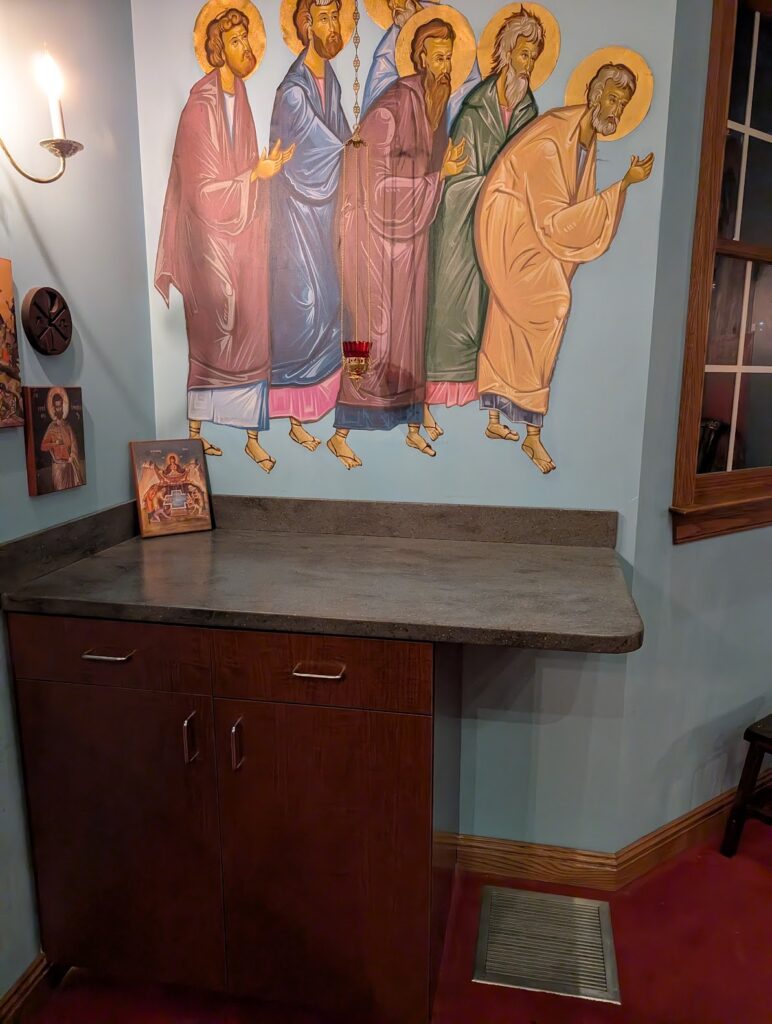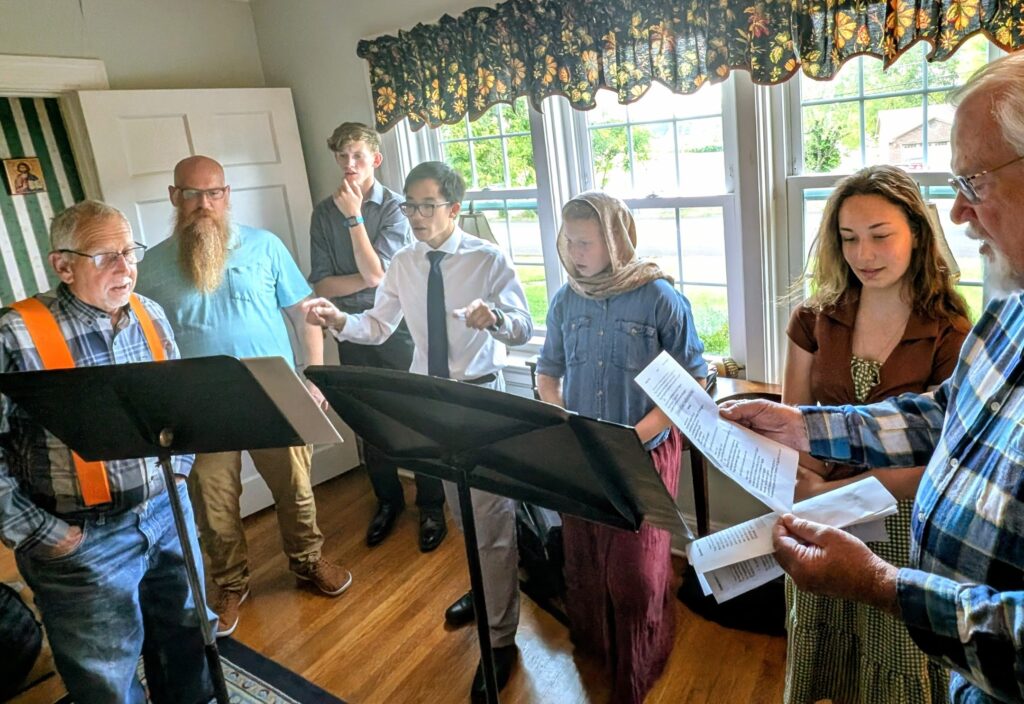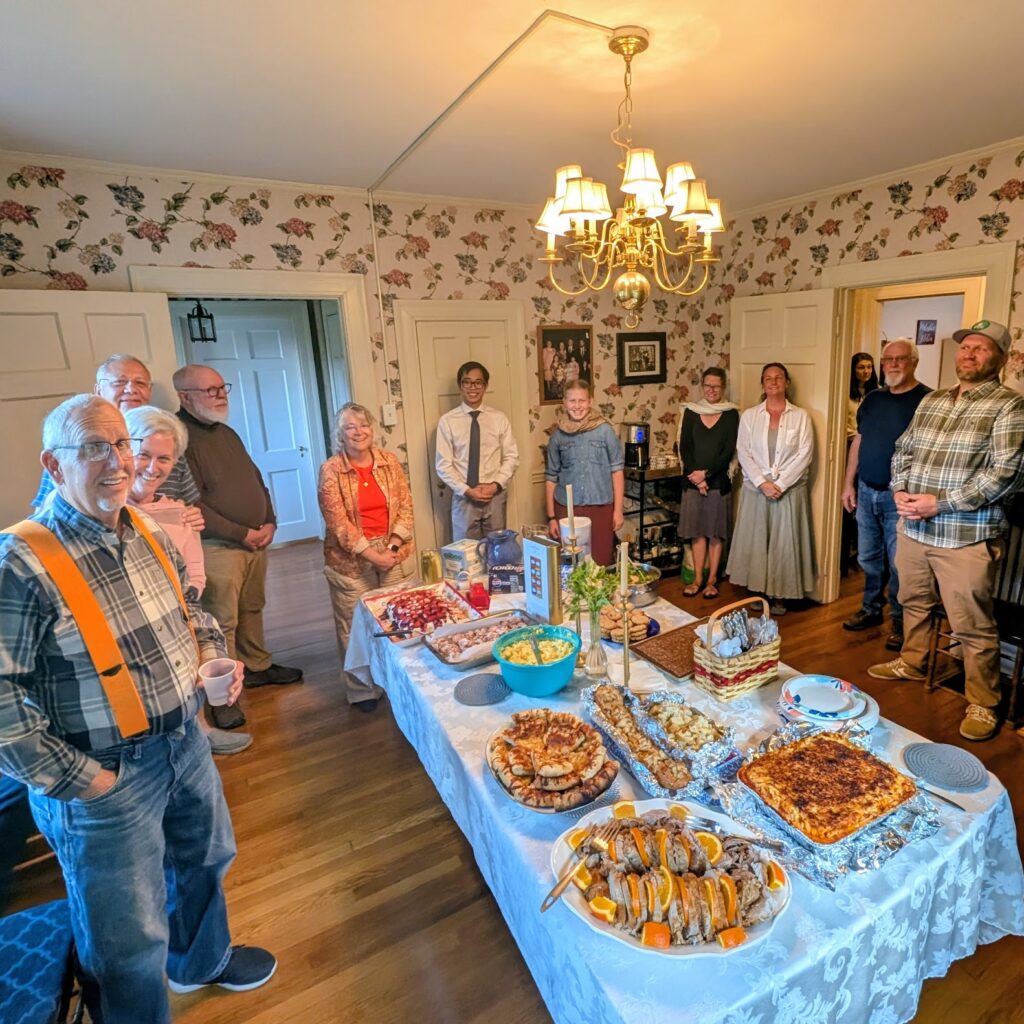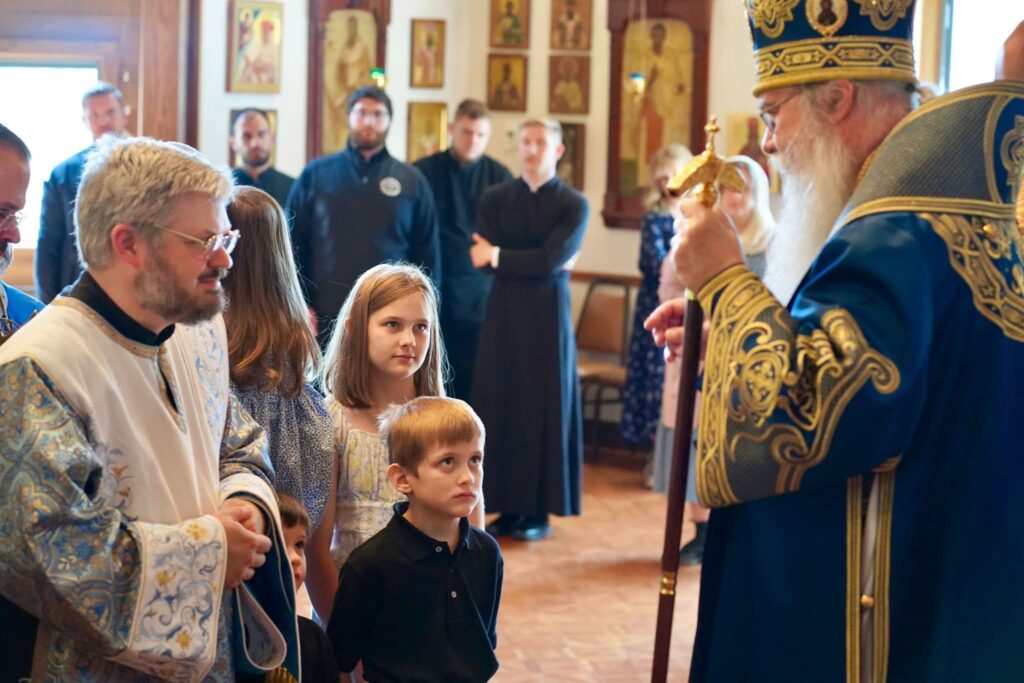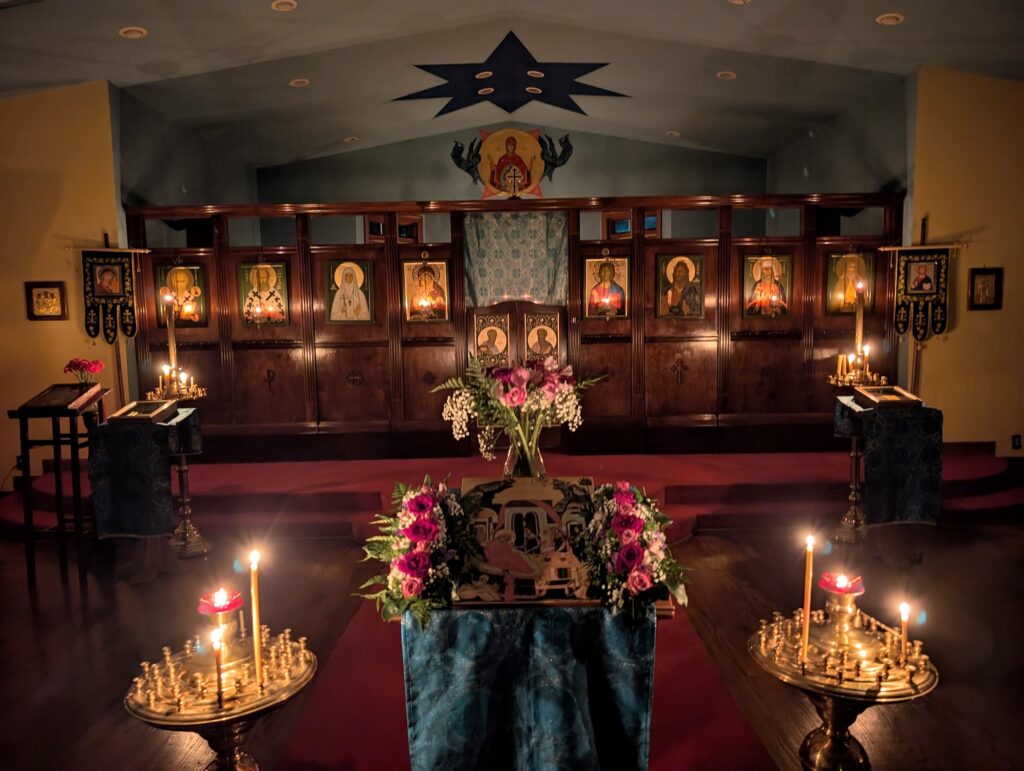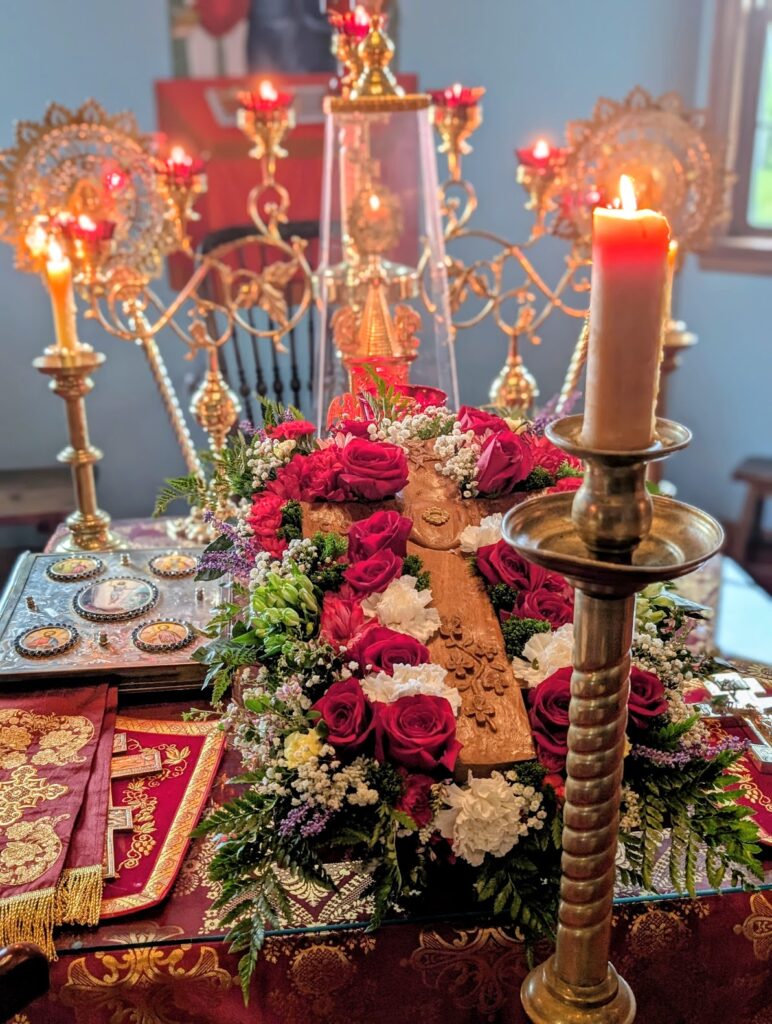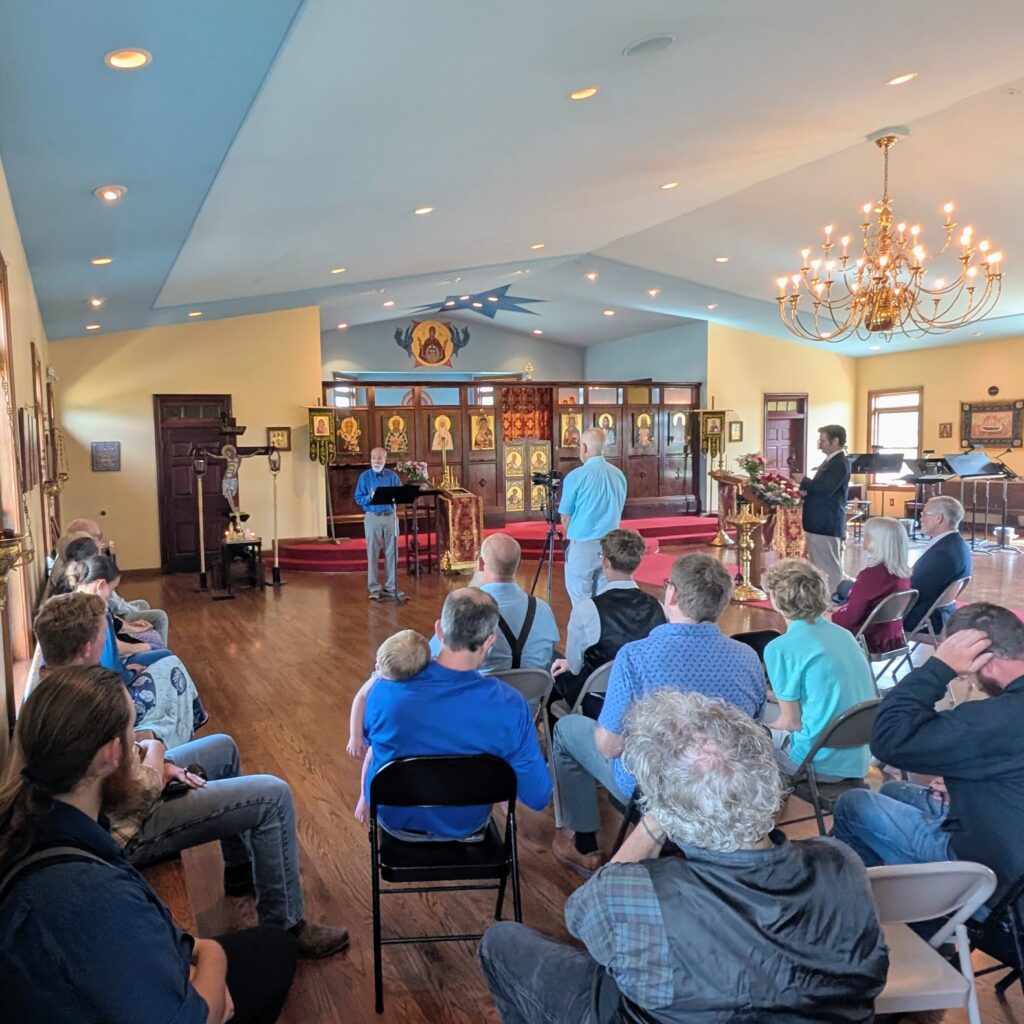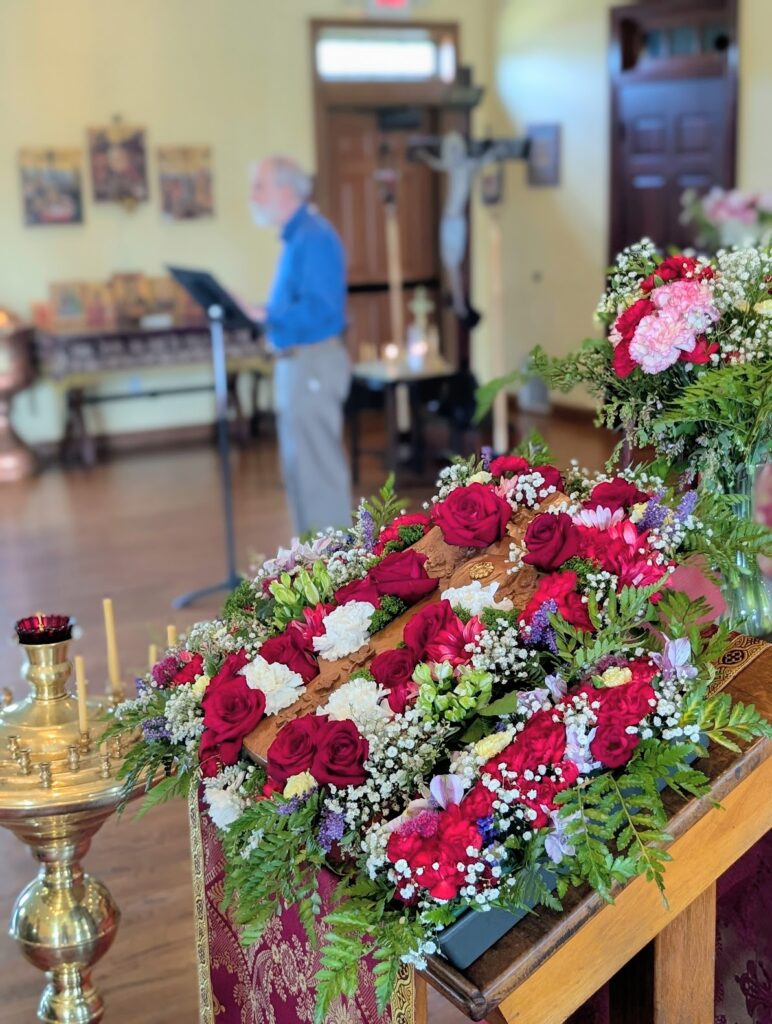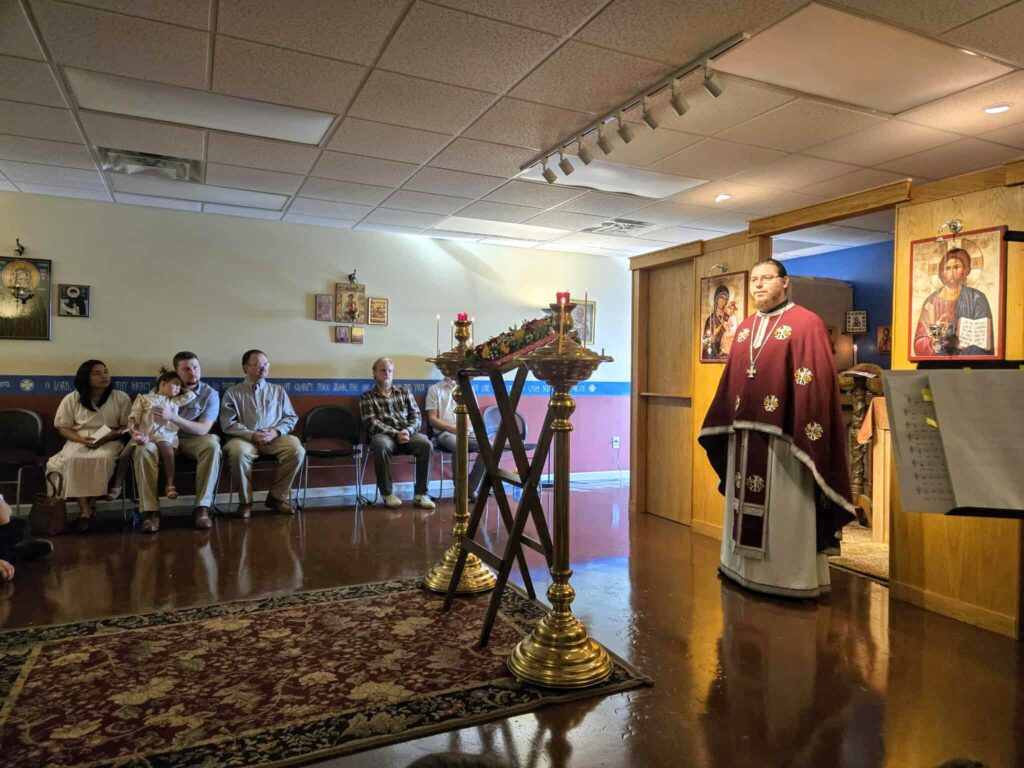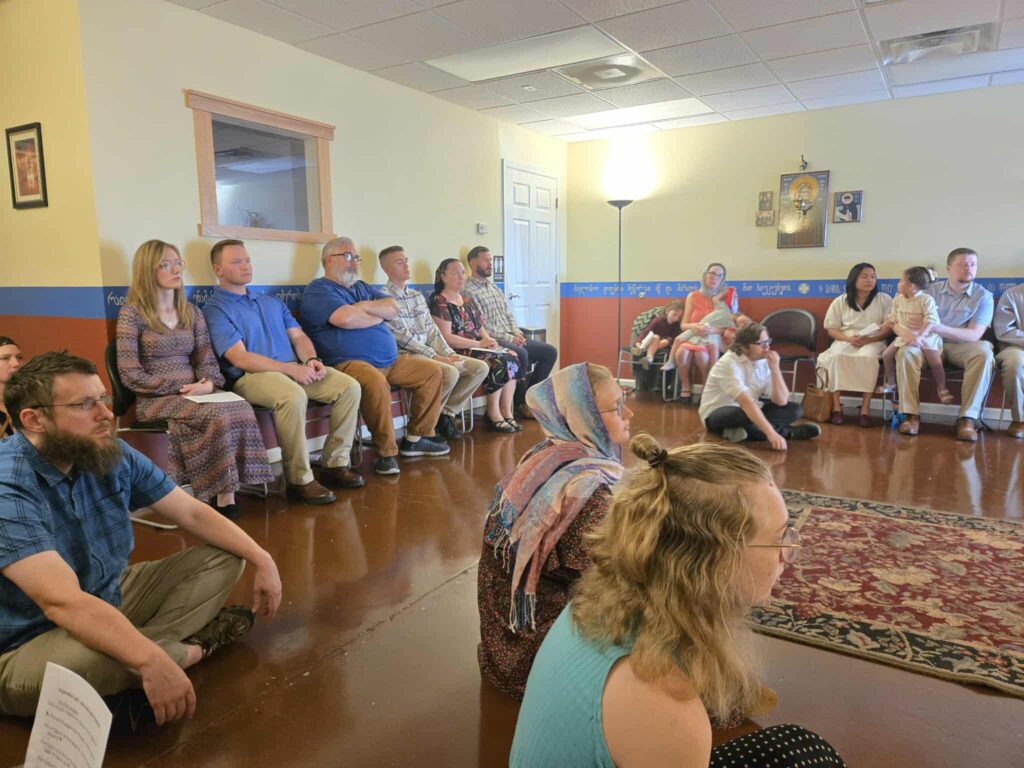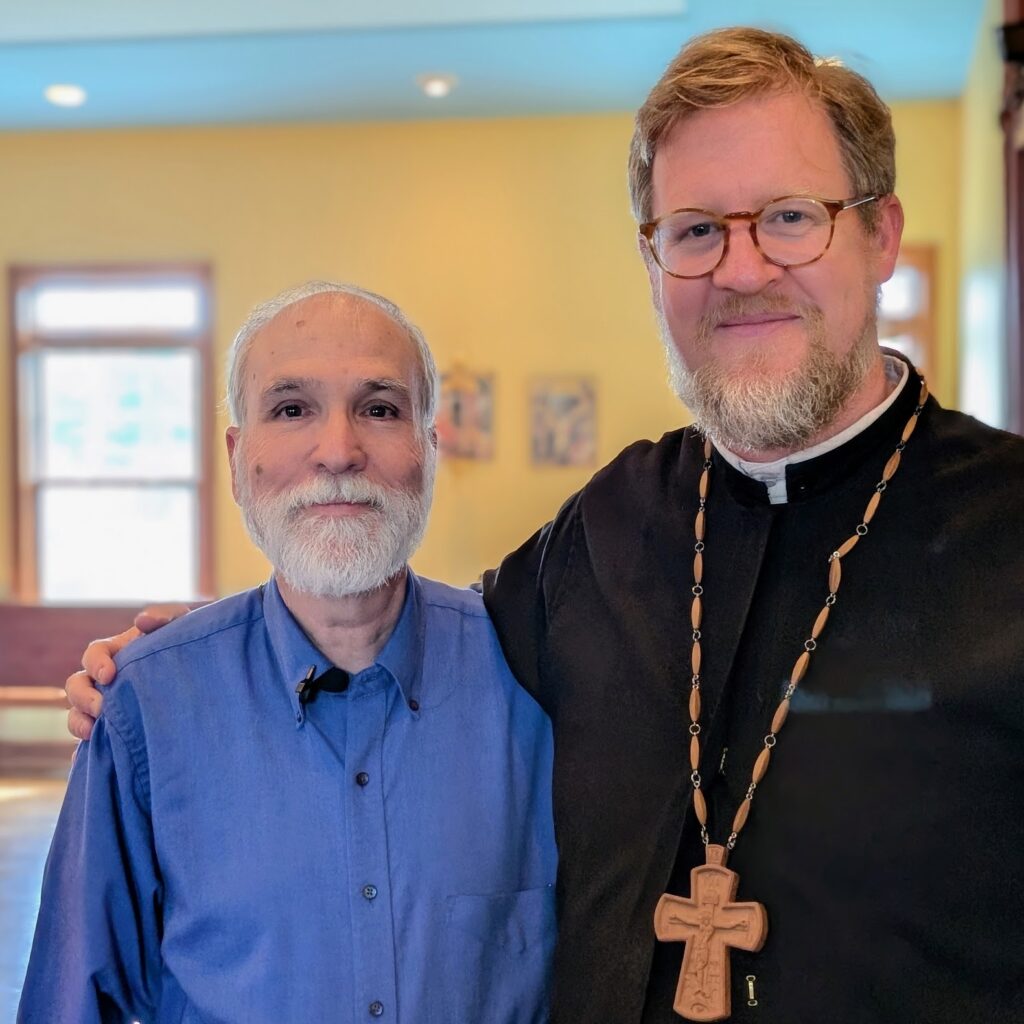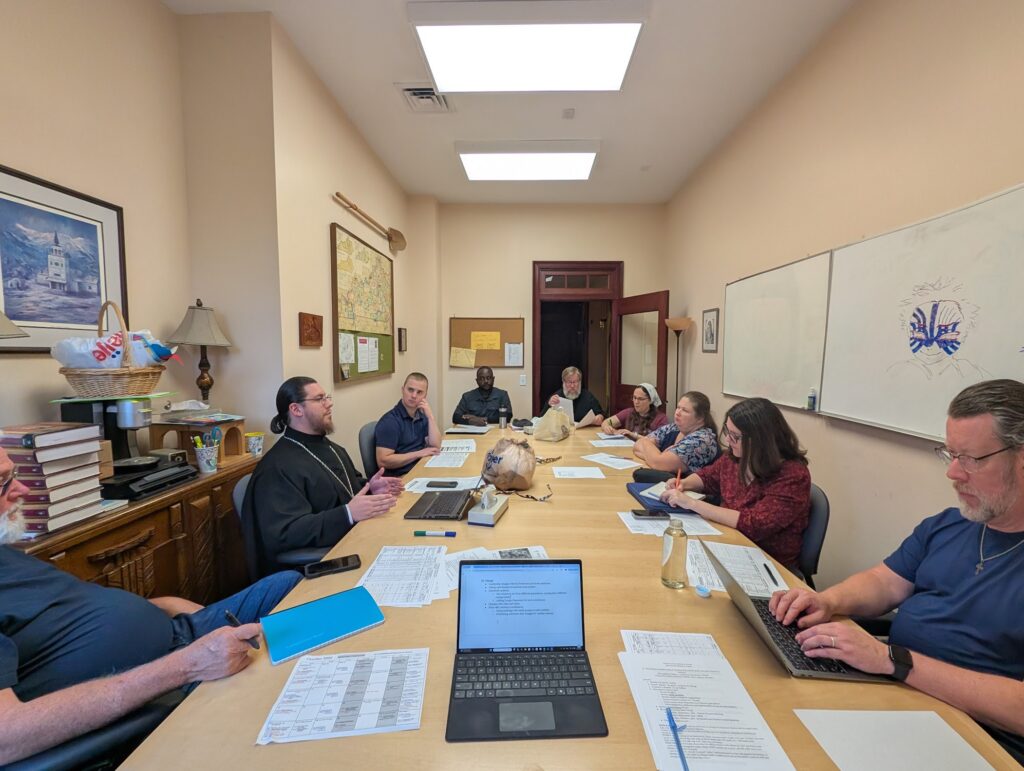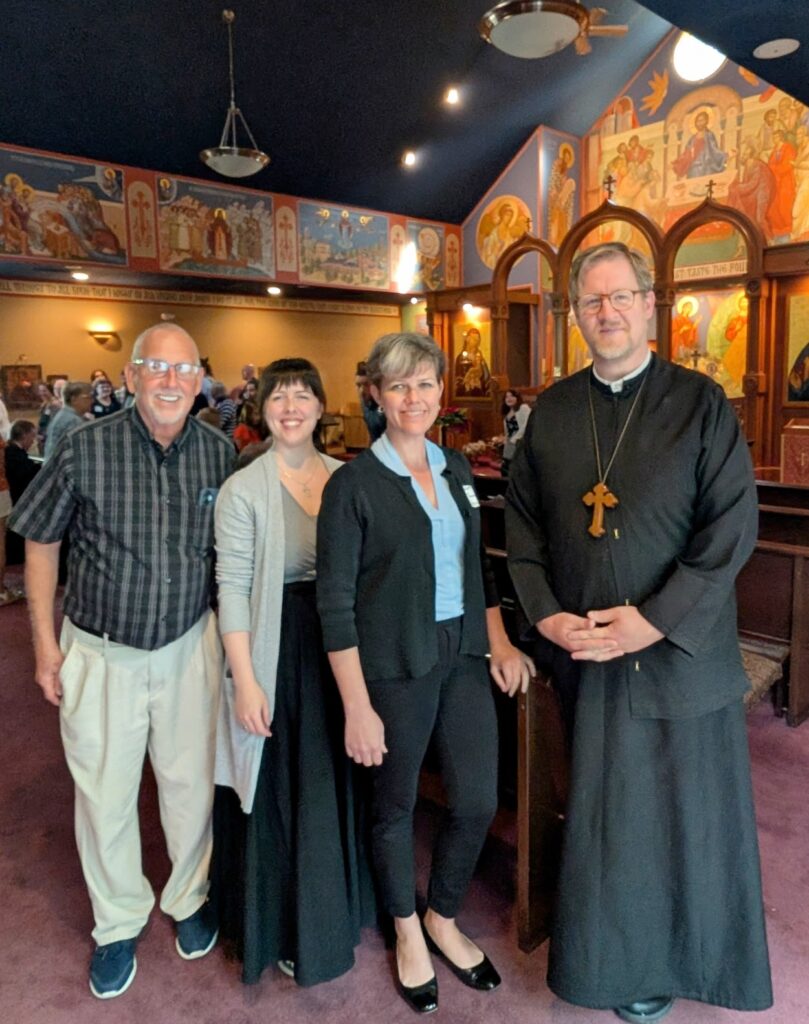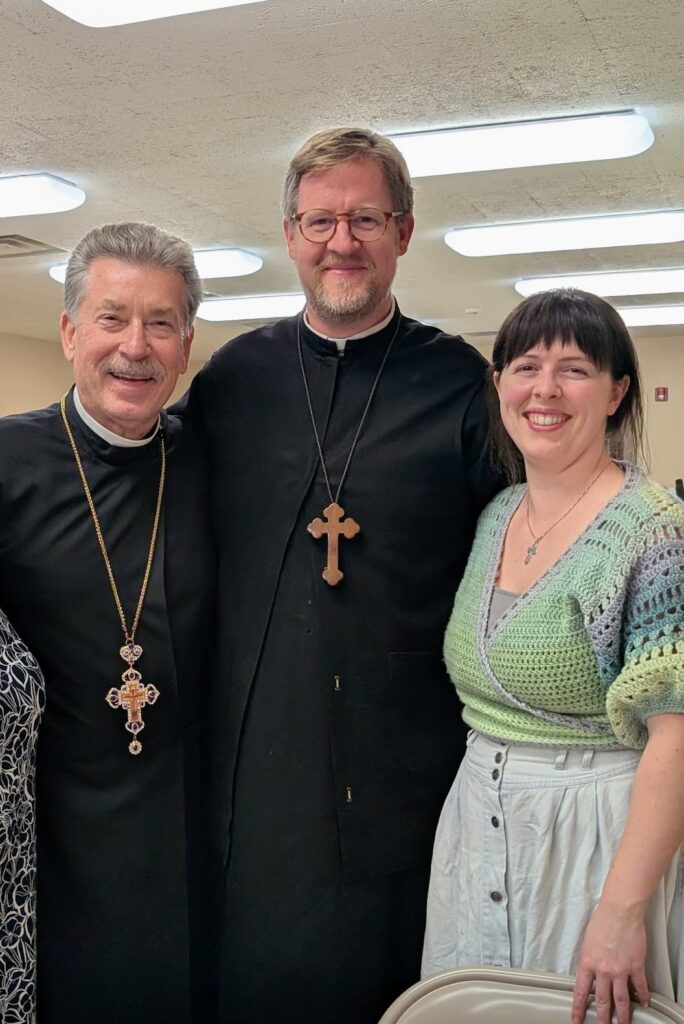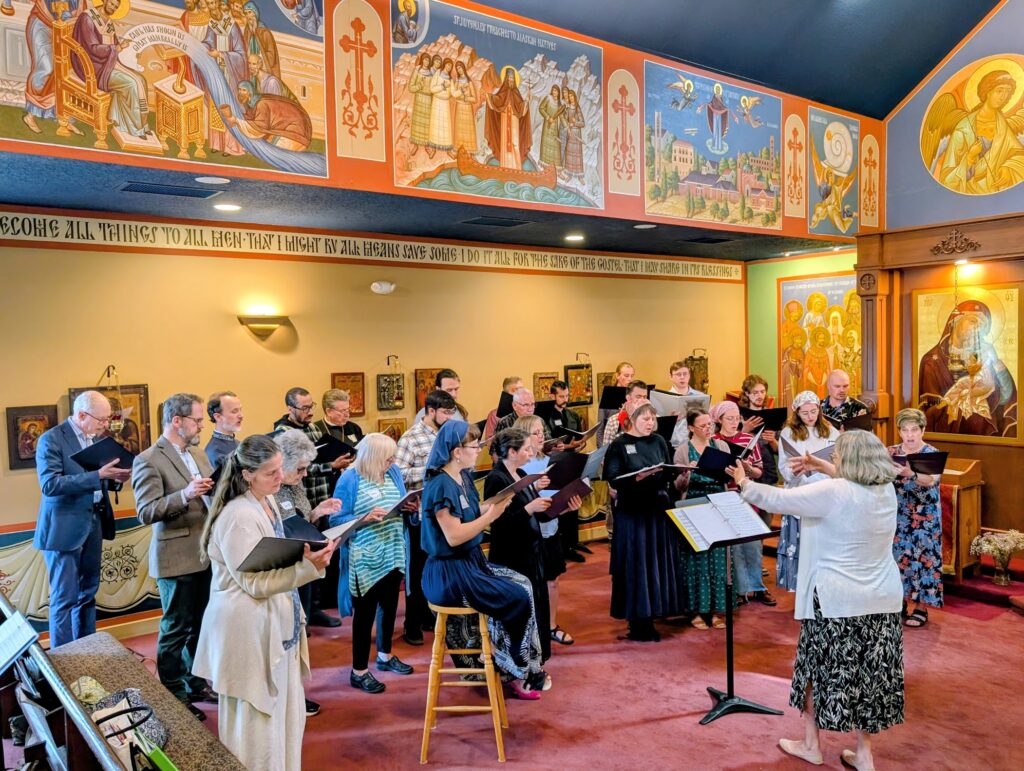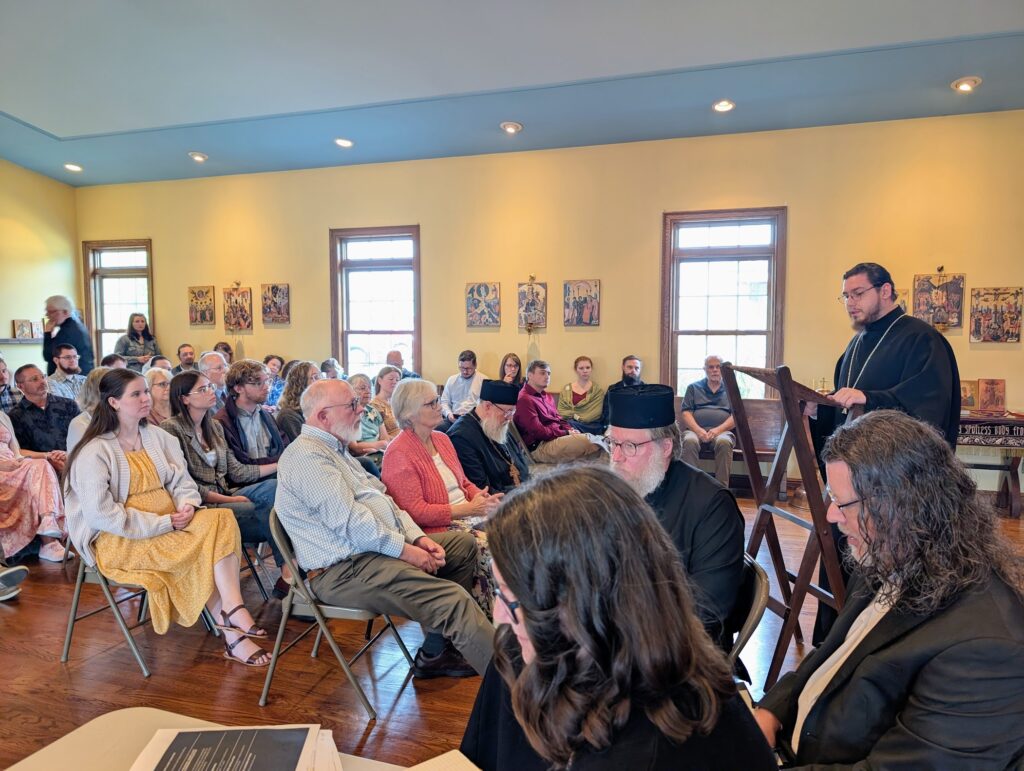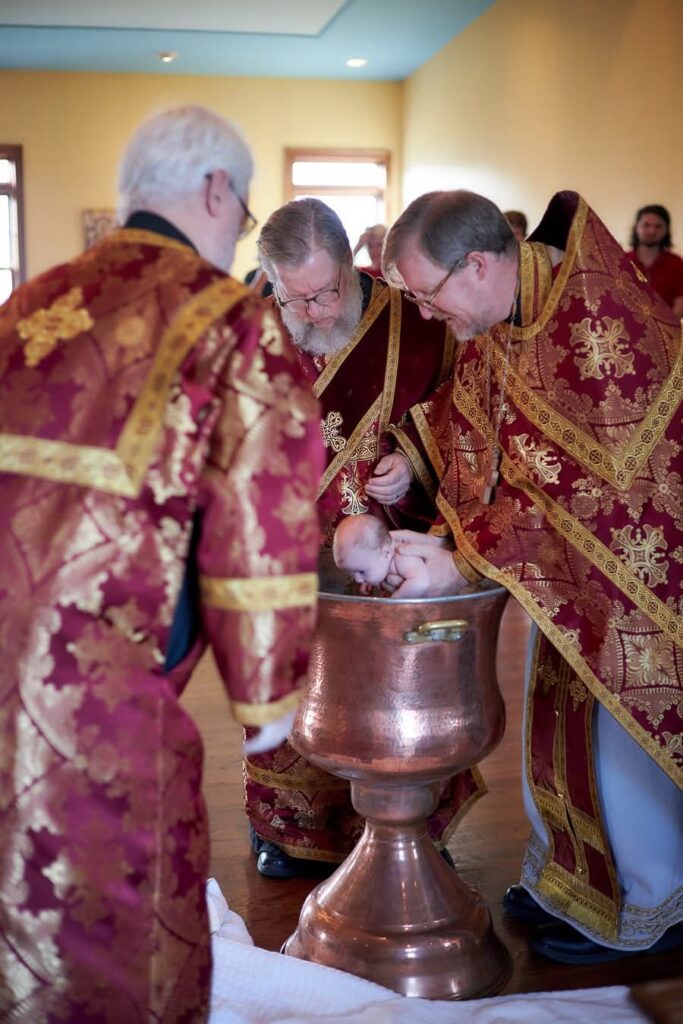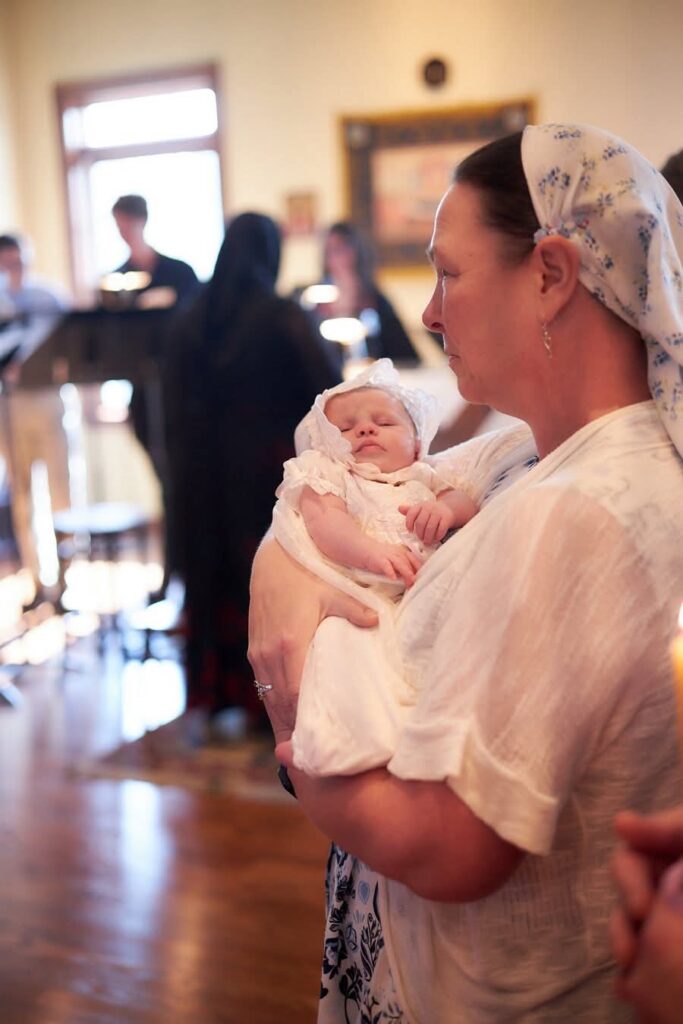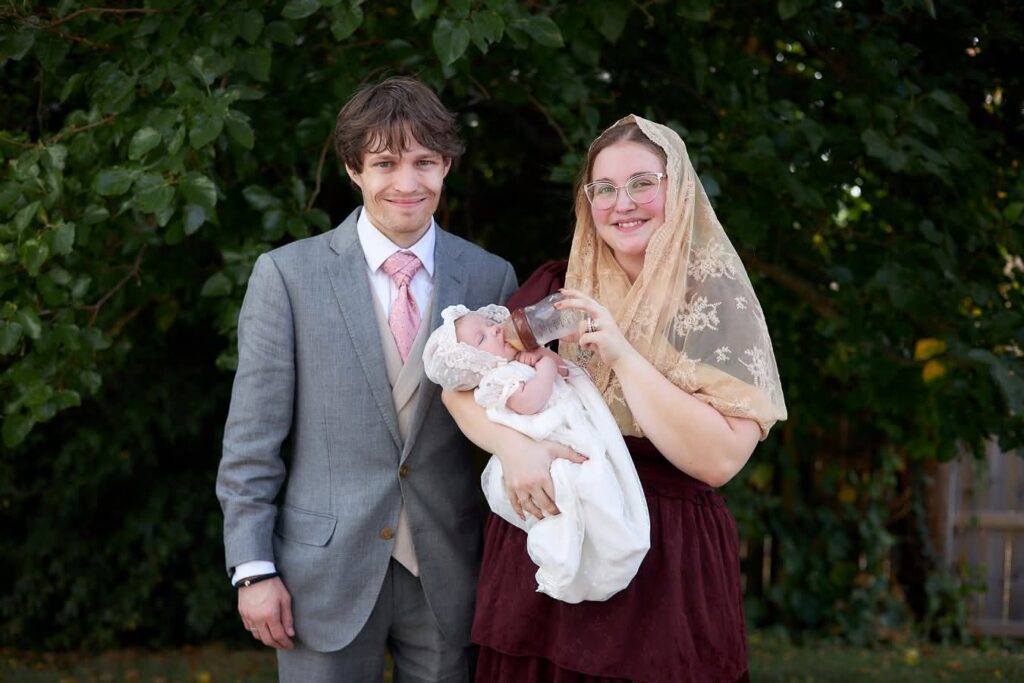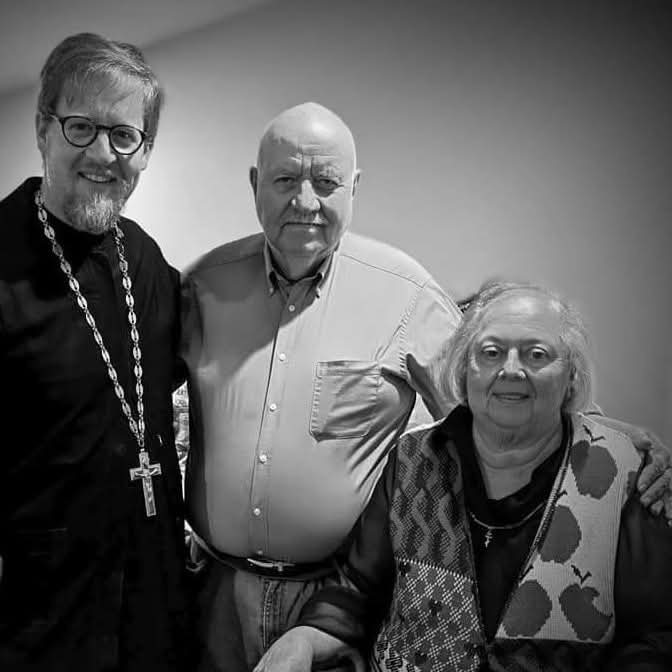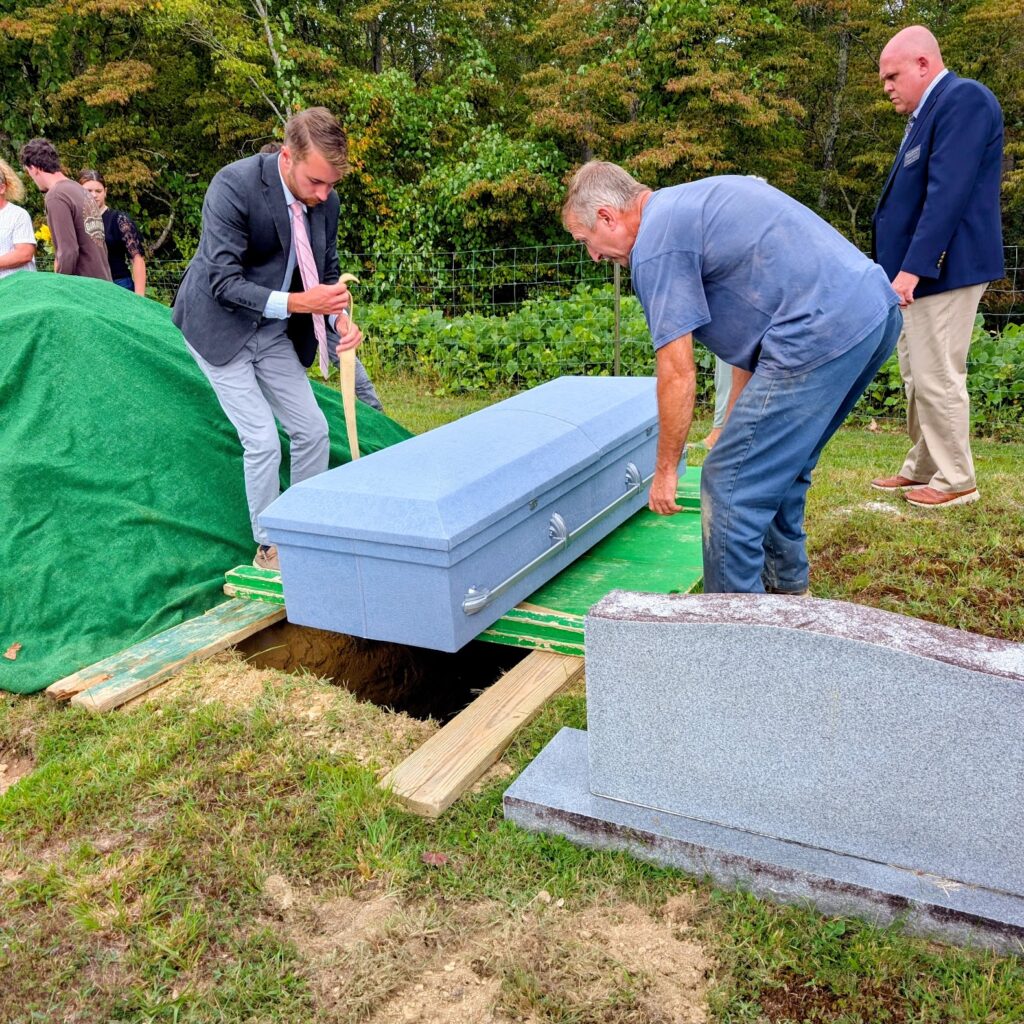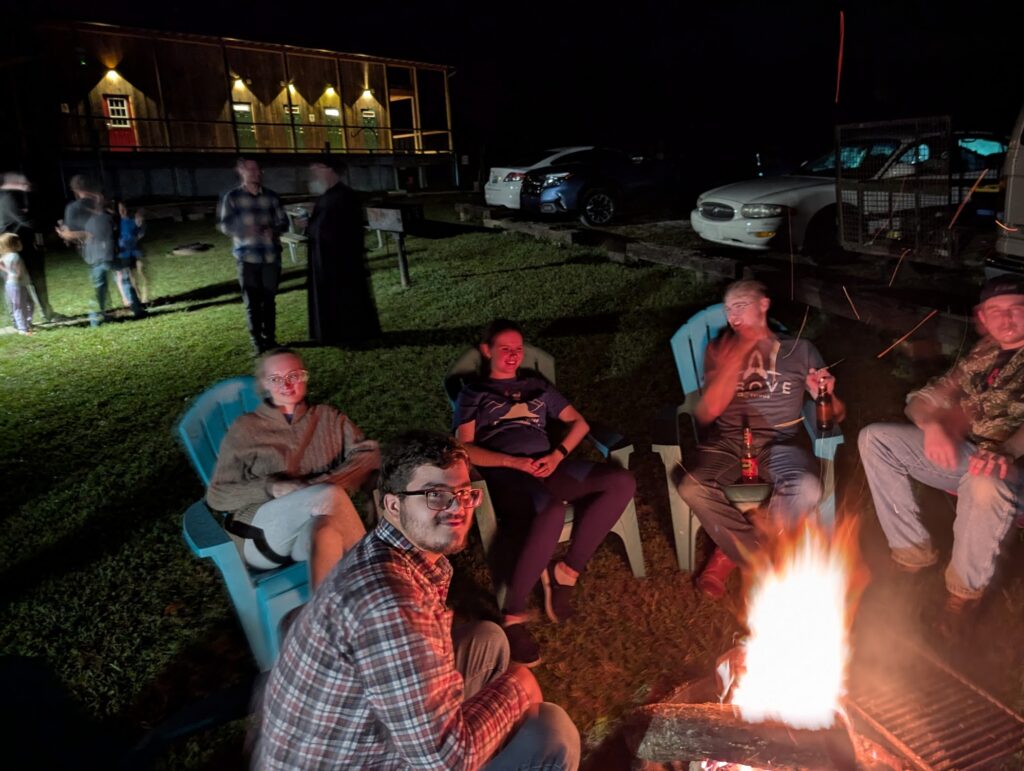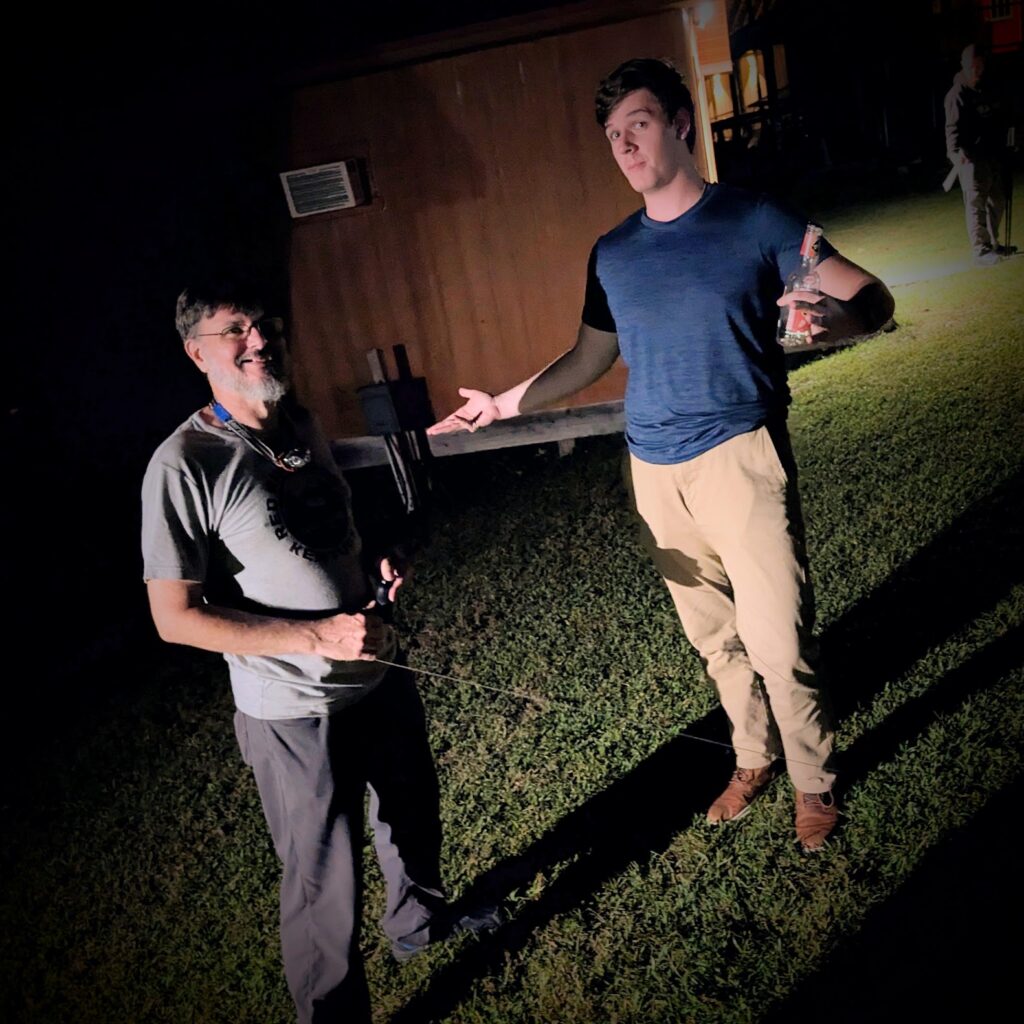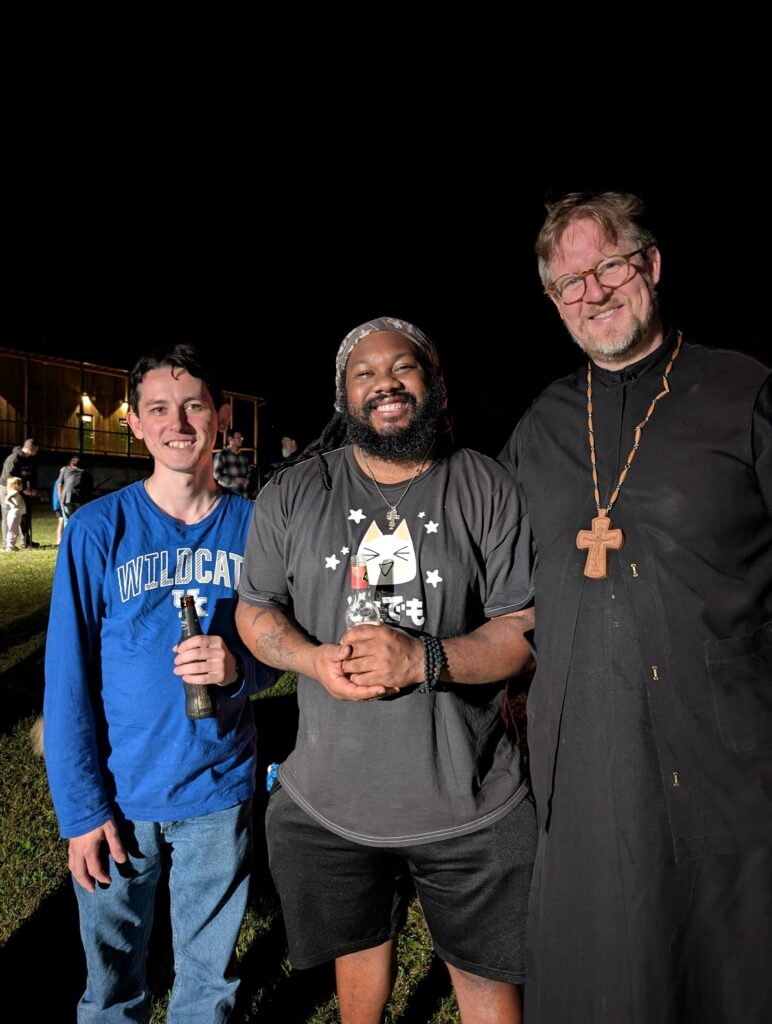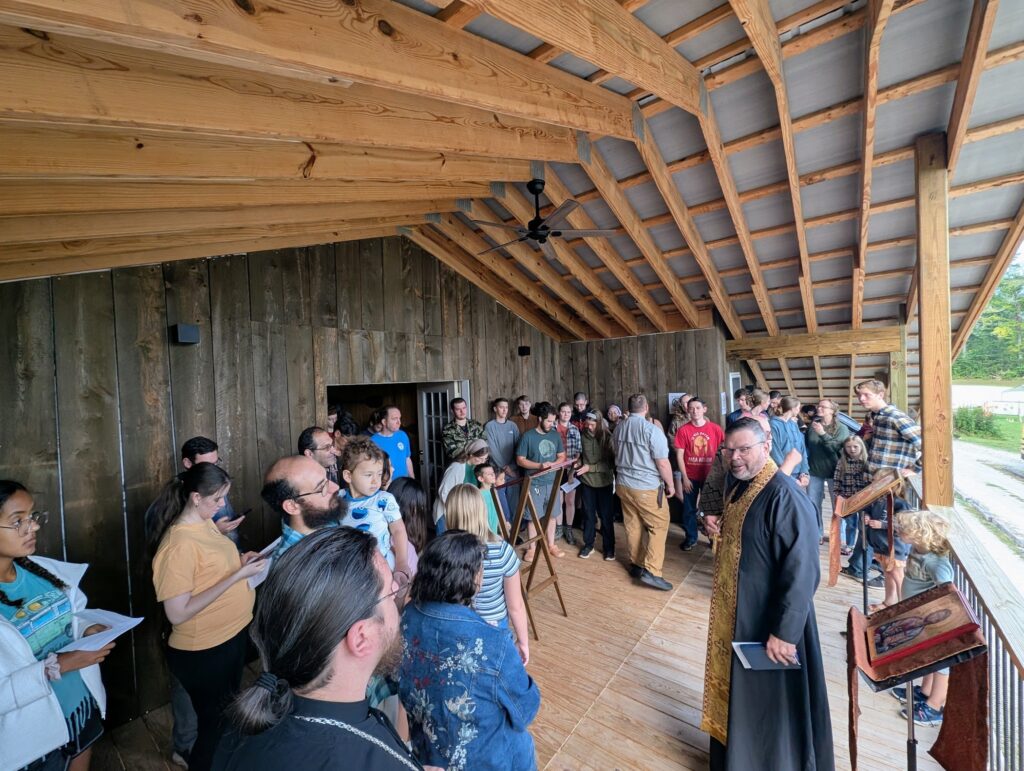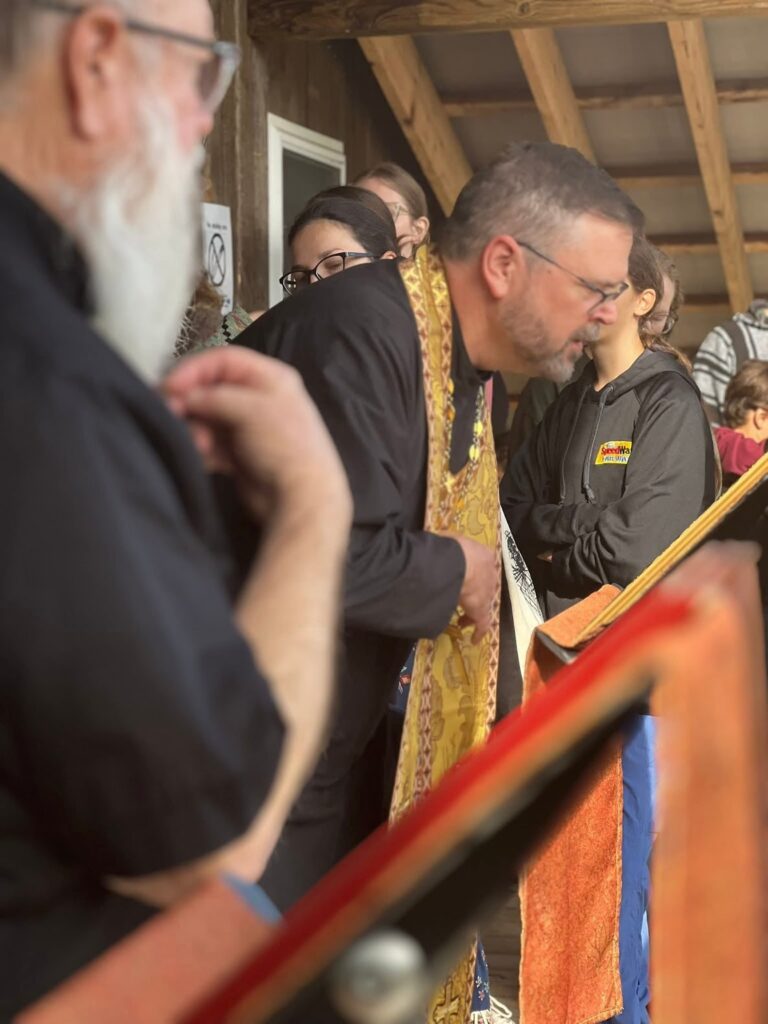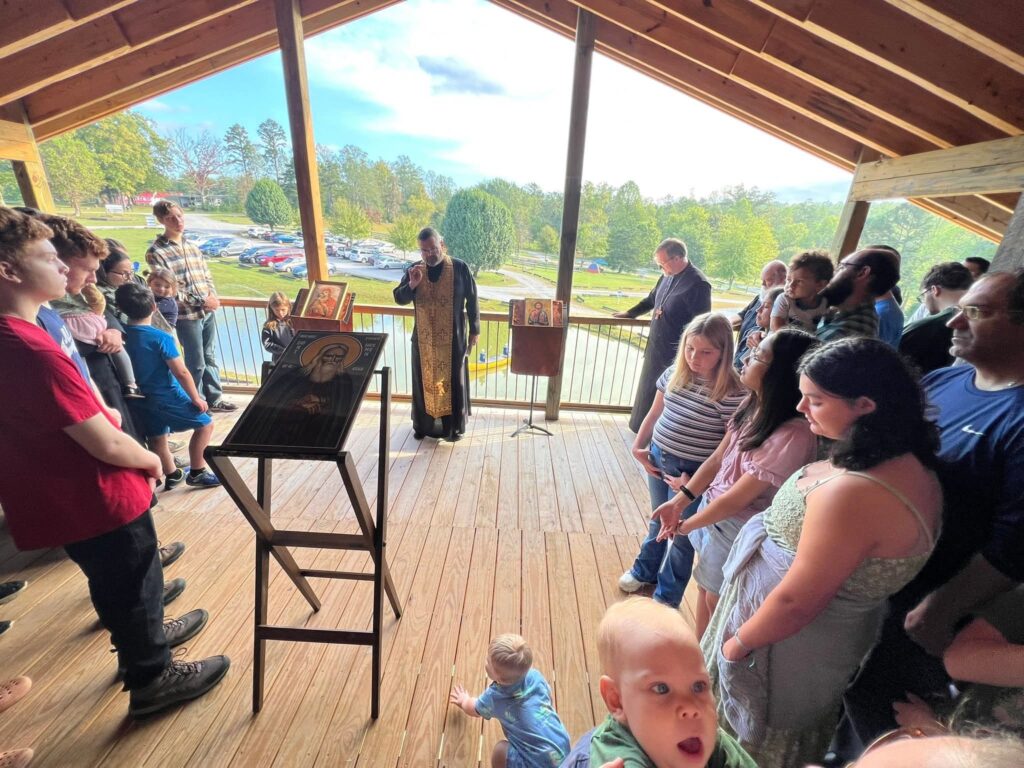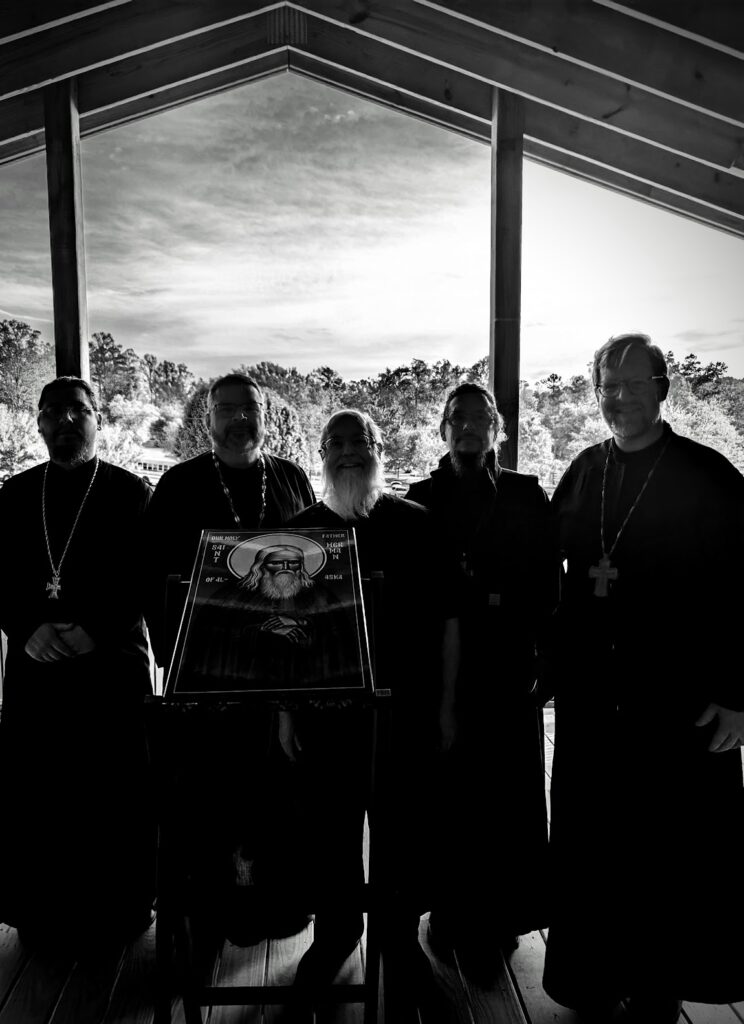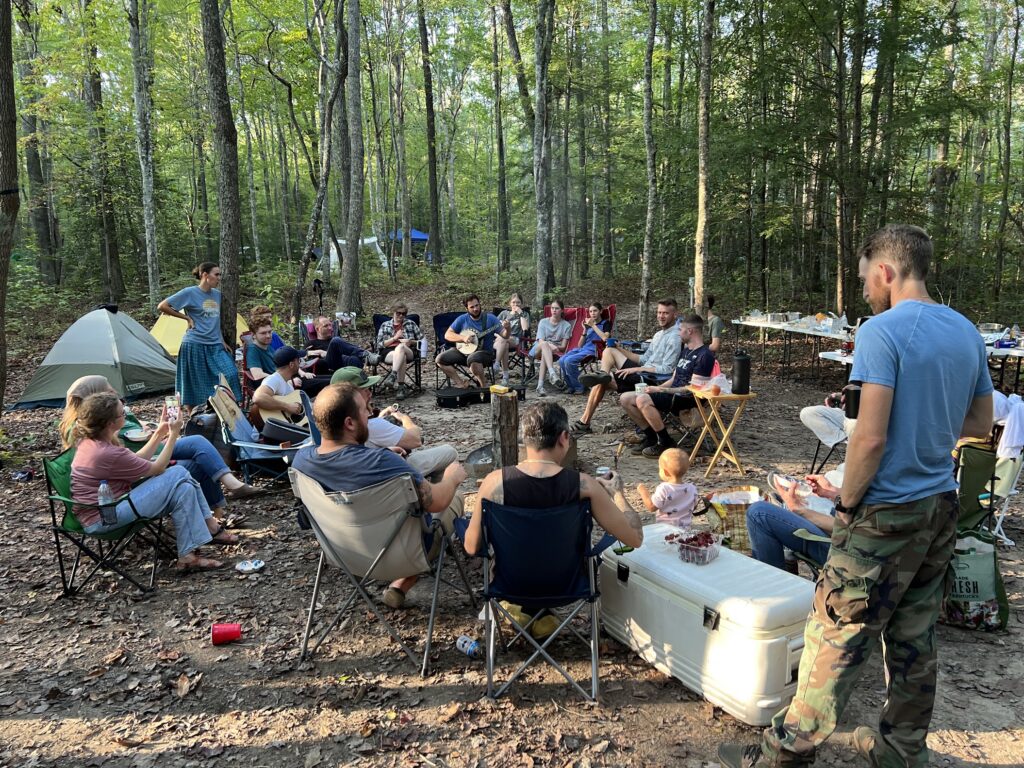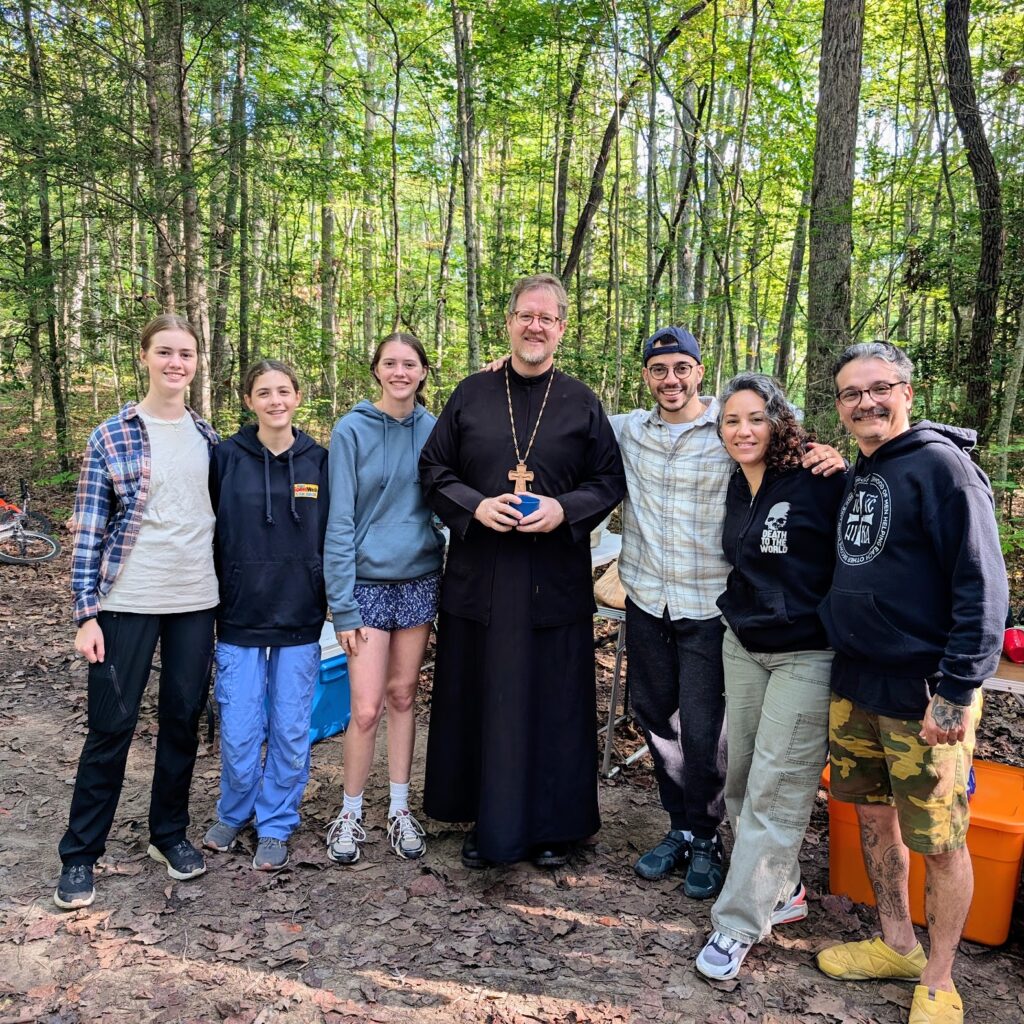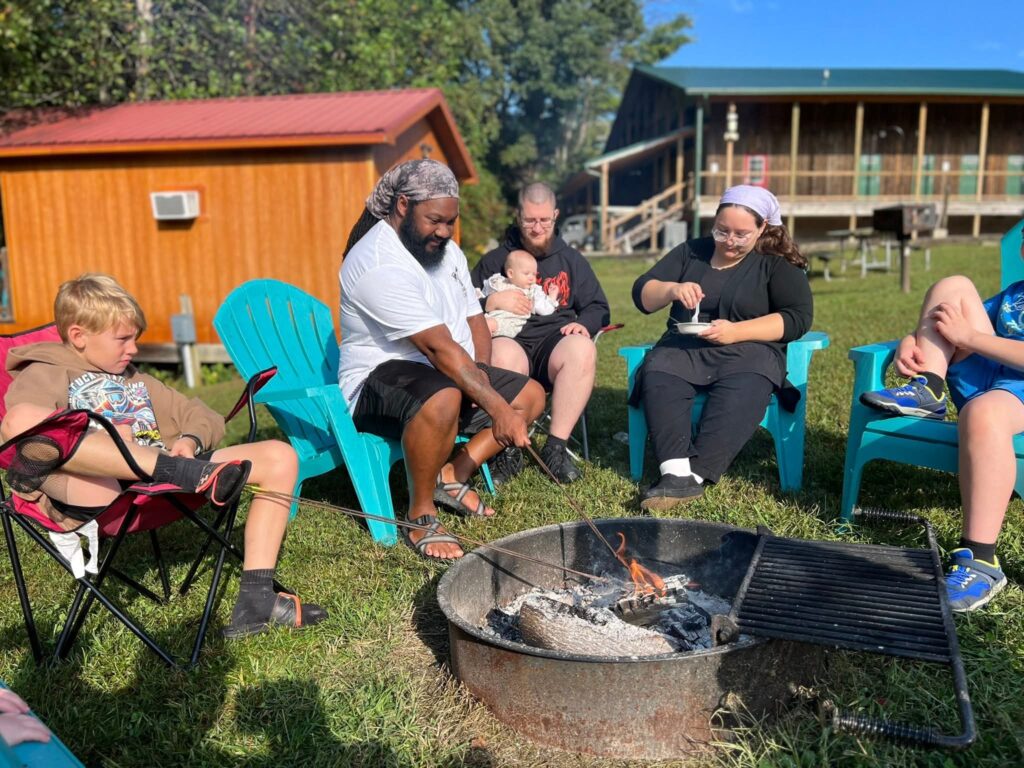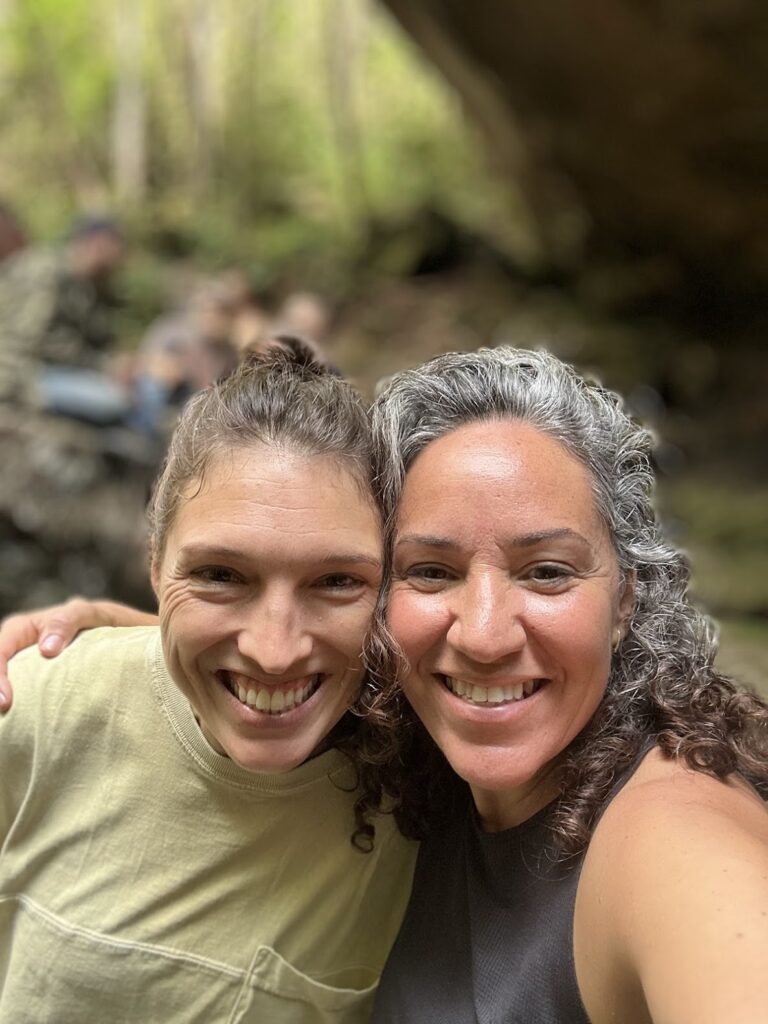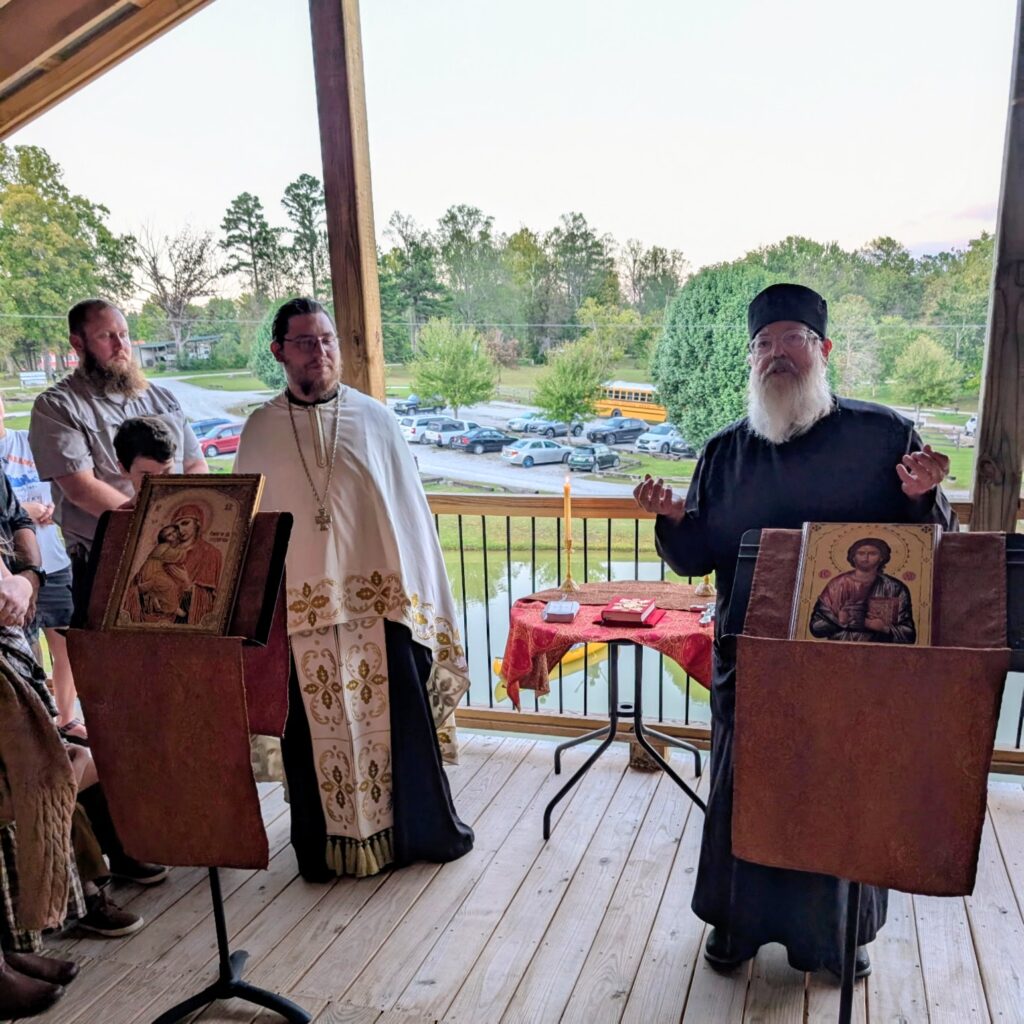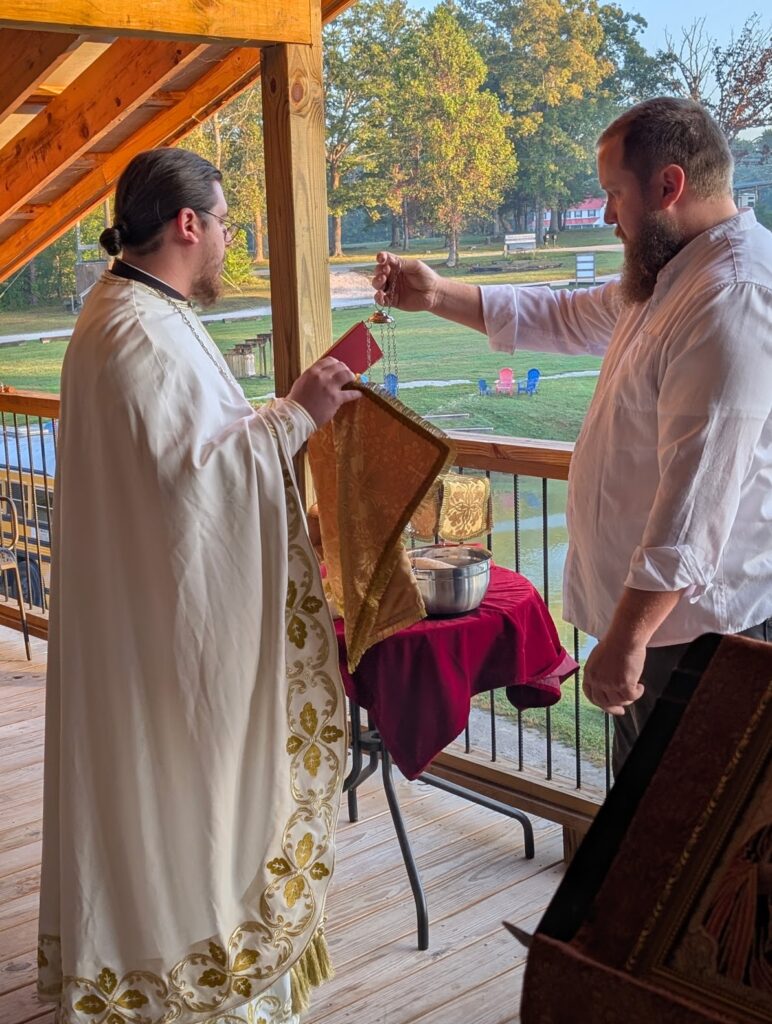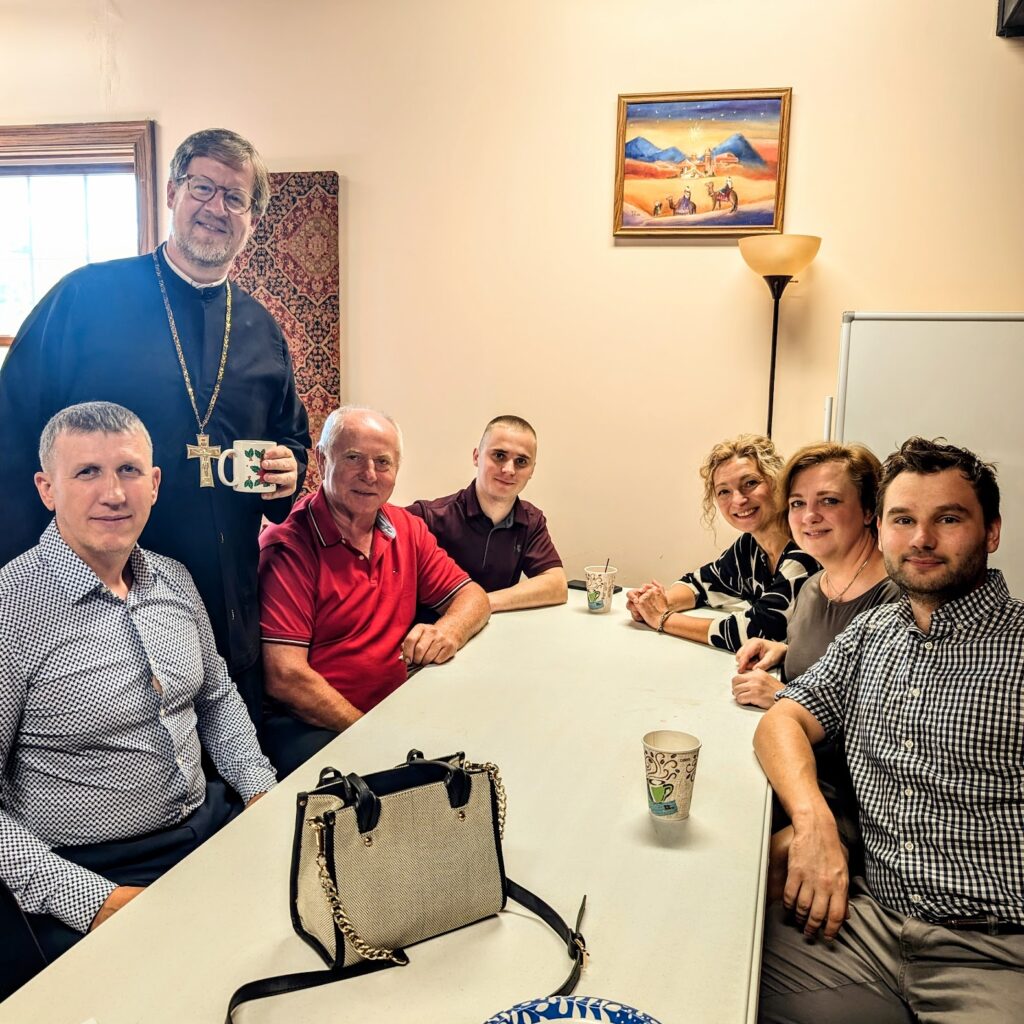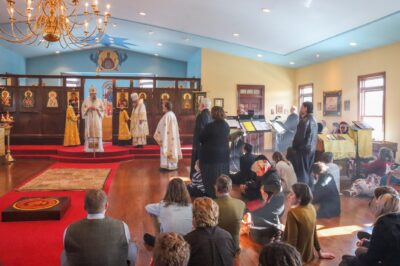Abp. Alexander to visit Oct. 25-27
October is a liturgically calm season in the Orthodox Church. For newcomers, this month is a great time to plug into church life:
Our Fall Catechesis (Christian Teaching 101) is in full swing each Wednesday at 720pm (immediately following our regular Wednesday Vespers at 630pm.) Newcomers and inquirers are welcome at these classes — alongside our official catechumens. The weekly series will conclude in mid-December.
Sunday School has resumed! Children’s Sunday School (ages Pre-K through High School) takes place after the Liturgy (20-30 minutes) and our virtual Adult Sunday School is live each Thursday. You can join the online conversation each Thursday here.
Our Archbishop Alexander is planning his final visit to St. Athanasius before his retirement this October 25-27. Please mark your calendars for this festive weekend (when we also celebrate the newly-canonized St. Olga of Alaska!) You can see the full schedule on the calendar below and at the main schedule page here. Learn more about Archbishop Alexander here.

We welcome those who are in (or close to) Madison County to consider a visit our daughter community, St. Nina Mission (213 Pauline Drive #5, Berea, KY,) which helps extend the reach of the Orthodox Faith along the I-75 corridor & Wilderness Trail. St. Nina Chapel is drawing people from Somerset, London, Corbin, and beyond. We are now serving services twice a week on Tuesdays (630pm) and Saturdays (6pm.) We also are trying to serve two Sunday Liturgies per month in Berea. Our lead priest at St. Nina this year will be Fr. David Thatcher, who can be reached at fr.david@bluegrassorthodox.org.
Below is a collection of photos from October 2025, showing the full range of our parish life including both physical improvements at our church and a big annual multi-parish Fall St. Herman Campout (Sept. 26-28) that was held in Corbin, KY. We hope these photos inspire you to visit our church or mission (or one of the local Orthodox parishes.) If you have questions about our calendar or any aspect of our Faith or parish life, please reach out to our associate pastor Fr. Giorgi Lomsadze at fr.giorgi@bluegrassorthodox.org.
